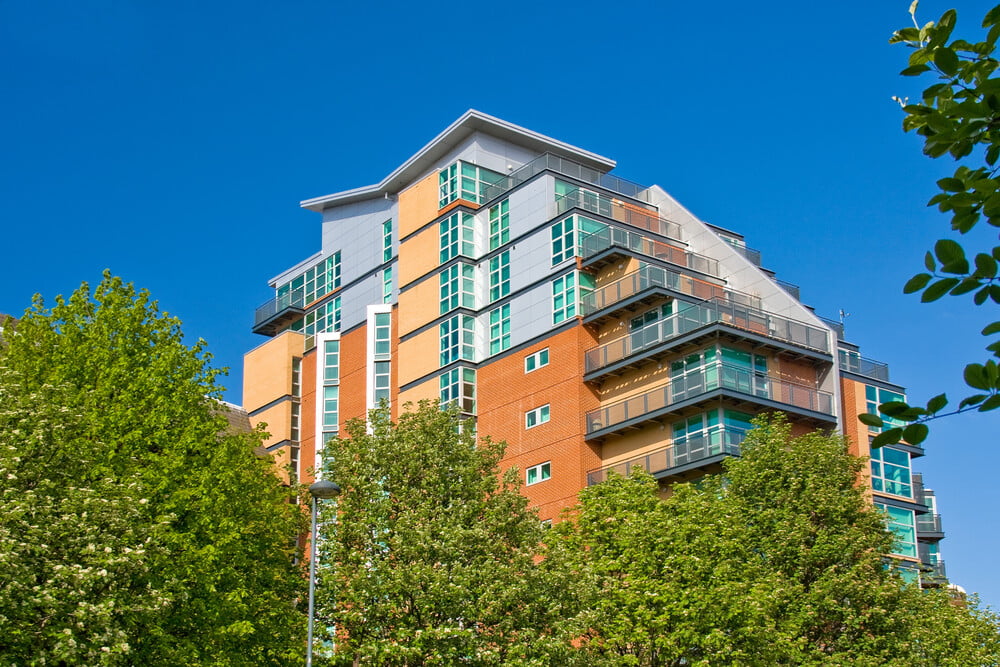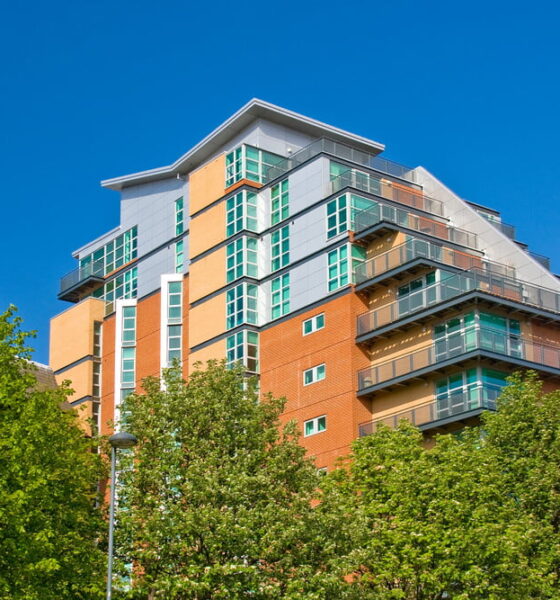

Editors Choice
Electrical Design Principles for LEED Building Design
The growing focus on sustainability has led to a number of new standards for environmentally-friendly buildings. In 2000, the Leadership in Energy and Environmental Design (also known as LEED) was formed. LEED is a global certification program that focuses on rating the sustainability of buildings. Anybody that wants to construct an LEED certified building must make sure that all electrical work is compliant, since electrical components play an important role in the energy efficiency and pollution footprint of the building.
Importance of LEED certified electricians
The demand for LEED buildings has risen dramatically since the beginning of the century. By the year 2009, there were around 19,000 LEED projects. Seven years later, stronger interest in green buildings caused that figure to rise exponentially. There were over 80,000 LEED buildings throughout the world by 2016.
As the pressure to integrate sustainability into commercial building designs increases, LEED standards will become more important than ever. They may even be legally mandated. As a result, contractors and developers must make sure that their electrical work is consistent with these standards. They should also make sure that their electrical contractors have software for electricians and other technology that helps them comply with LEED standards.
Electrical work must meet LEED standards
There are a number of measures that contractors must take while overseeing the electrical work on any LEED building project. They can increase the likelihood that the standards will be met by hiring an electrician that understands the standards. However, even if the electrician is LEED certified, they should carefully monitor the work to make sure standards are met.
General contractors and developers should also understand the logistics of any electrical project and the impact that it may have on the environment. It is important to remember that standards are likely to evolve in the future and there may be no guarantee that older buildings will be grandfathered into laxer ones. Going the extra mile can ensure that the building will be compliant well into the foreseeable future.
Here are some of the most important steps that commercial electricians will need to take to meet current LEED codes.
Alternate transportation and refueling options must be available
In order to meet LEED standards, electricians must do more than make sure that the electrical work itself is consistent with environmental protection goals. They must also see to it that the worksite is sustainable. Additionally, they must make sure that alternate fuel sources are available for at least 3% of the vehicles on the site. Also, they should provide alternate transportation for all electricians.
Maximize all electrical work for maximum energy efficiency
The US Green Building Council assigns more points to buildings that have been made more energy efficient than their original, baseline designs called for. The level of improvement in energy efficiency needed to earn points depends on whether the building is a new or existing structure.
This is an area where electricians have a bigger impact than most other contractors, since their contributions to the project will account for a plurality of energy consumption during the lifetime of the building. However, electricians will need to work closely with mechanical contractors to meet the specifications.
They should also connect with local building regulators to understand the incentives for meeting various energy saving target. The rewards for exceeding the minimum local electrical efficiency standards are often tied directly to the number of LEED points a building has earned. In the city of Seattle, buildings that are more energy efficient than the local building codes call for will receive discounts on their permitting fees.
Research energy saving and pollution reduction products
One of the biggest limitations of the LEED program is that it does not certify or recommend products. However, choosing products is an important part of meeting the standards. This means that electrical contractor must familiarizes himself with different products to ensure energy efficiency and pollution reduction goals.
There are a number of tips that you can follow while choosing electrical products for an LEED certified building. Matt Syal of Michigan State University addresses this in a flyer he wrote on the topic.
One of the most important steps is to make sure that you have a highly efficient central air conditioner. Choosing an EnergyStar Central air conditioner is a good start. These air-conditioning units are 8% more efficient than most others on the market. Since cooling costs account for a lot of energy consumption during warmer parts of the year, this can help you earn at least 1 to 2 points for your LEED rating.
However, you can’t assume that your air conditioning unit will satisfy LEED standards on its own. It is also important to make sure that the system is properly installed and maintained. You must use a newer furnace and blower motor to get the most energy efficiency from it.
Choosing the right lighting system is equally important. The efficiency of lighting systems varies tremendously, so it is important to do your due diligence. Even among EnergyStar products, you will still find that you can improve efficiency by choosing some electrical lighting systems over others.
Meeting LEED Standards Requires the Right Electricians
Developing an LEED building requires a lot of due diligence. Ensure that the electrical work is done carefully to meet the goals of sustainability and pollution reduction. Hire the right LEED certified electricians and carefully monitor their work.


 Environment9 months ago
Environment9 months agoAre Polymer Banknotes: an Eco-Friendly Trend or a Groundswell?

 Environment11 months ago
Environment11 months agoEco-Friendly Home Improvements: Top 7 Upgrades for 2025

 Energy12 months ago
Energy12 months agoA Closer Look at The Rapid Growth of Solar Energy in Ireland

 Features8 months ago
Features8 months agoEco-Friendly Cryptocurrencies: Sustainable Investment Choices

















